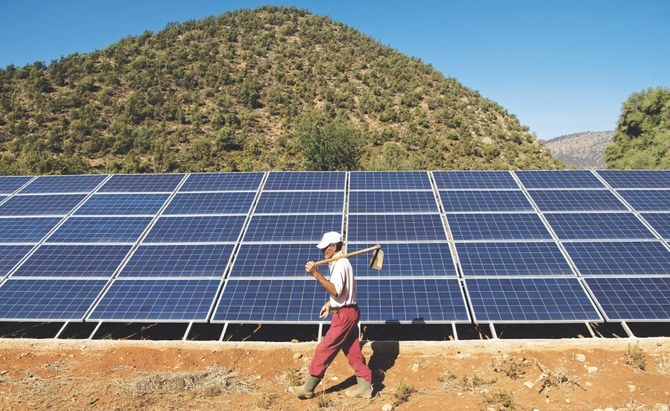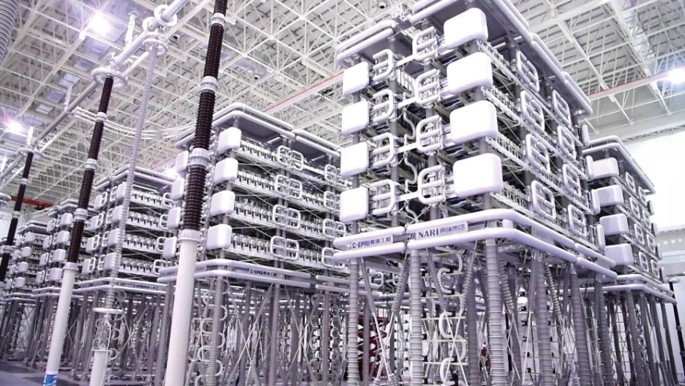Morocco–Portugal HVDC Proposal Gains Traction as Xlinks Loses UK Backing


Morocco’s ambition to export renewable power found fresh momentum after the United Kingdom’s 28 June decision to withdraw support for the £24 billion Xlinks Morocco-UK Power Project. Within days of Westminster’s rejection, the Moroccan utility ONEE and Portuguese TSO REN revived a long-mooted 1 000 MW, ±400 kV VSC high-voltage direct-current interconnector that would run roughly 265 kilometres between Beni Harchane in northern Morocco and Tavira on Portugal’s Algarve coast, including about 220 kilometres of submarine cable beneath the Strait of Gibraltar and the Gulf of Cádiz. Although modest in scale compared with Xlinks’ four-bipole, 3.6 GW ±525 kV design, the Portugal–Morocco proposal offers a shorter route, lower losses and a capital cost, with minor grid reinforcement foreseen in Morocco and Portugal alongside secondary works on adjacent Spanish corridors.
Several forces are pushing Rabat and Lisbon closer together. The UK government cited delivery uncertainty, operational risk and security considerations in blocking Xlinks, abruptly removing a seven-million-household offtake market for Morocco’s solar and wind build-out. Iberia, meanwhile, is reassessing its own resilience after an islanding event on 28 April that cut power to more than five million customers across Spain and Portugal; the Portuguese environment minister subsequently described the Moroccan connection as a strategic alternative to France–Spain reinforcements. Momentum also stems from the joint declaration the two governments signed at COP 28 in Dubai, which framed the cable as a backbone for a future green-hydrogen corridor linking production clusters in Guelmim-Oued Noun and the Port of Sines.
Technically, the project would deploy a bipolar VSC configuration capable of black-start support, reactive-power control and virtual inertia—attributes welcomed by system operators after April’s frequency excursion. Morocco’s evening solar ramp dovetails with Portugal’s evening demand peak, promising smoother net-load profiles on both sides of the strait. The converters would interconnect two asynchronous systems, enlarging market depth for Iberian surplus hydro and facilitating Moroccan participation in Europe’s balancing platforms once adequate cross-zonal capacity is cleared.
Financing and permitting remain the chief hurdles. REN and ONEE must decide whether to pursue a fully regulated revenue model, a merchant structure or hybrid financing with EU Projects of Common Interest co-funding. Med-TSO’s Mediterranean Master Plan identifies €26 million to €34 million of Spanish network upgrades to prevent overloads on 220 kV circuits near Huelva, while Portugal’s maritime authority has already signalled that any cable landing in the Tavira area must accommodate sensitive coastal-zone restrictions and a bustling tourism economy. Synchronising environmental approvals on both shores will therefore be critical to meeting the governments’ target of submitting an updated construction-and-financing dossier by December 2025.
If Brussels accepts the link onto the Ten-Year Network Development Plan next spring, procurement could open in 2027, leaving a four-to-five-year construction window for energisation before 2032. That schedule would place the project in service ahead of Morocco’s goal to source 52 percent of its electricity from renewables by 2030 and would bolster the European Union’s objective of achieving at least 15 percent cross-border interconnection capacity. For HVDC equipment manufacturers, the order book would be relatively small but strategically significant, signalling that the western Mediterranean—not the UK—is now the most likely venue for North Africa’s first utility-scale export cable.








